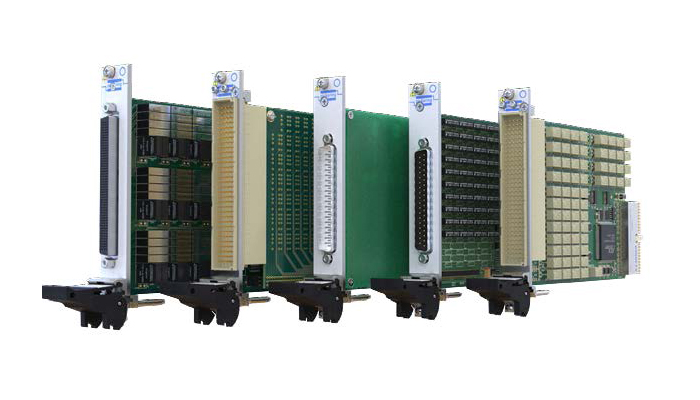Sponsored by Pickering interfaces
Imagine the challenge. You work for an electric vehicle startup company, designing the Hardware-in-the-Loop Simulation (HILS) test system. Everything is new – the hardware, the software, the tools, the testers and the test code. Yet, the system must be as accurate as possible to simulate the operating environment correctly. You’re also working on the electronic control unit (ECU), which houses the EV batteries. To test them thoroughly, they will need to be stressed beyond their normal operating range. Since the test environment can be quite dangerous – you will need a blast-proof bunker.
To summarize, it’s a very dynamic situation with a high degree of risk. Because the company is a startup, there is a very aggressive schedule without the established product roadmap, which would enable you to predict test system requirements accurately for two to three years ahead. You’ve got maybe six months’ visibility. You’re going to need a very flexible and scalable system.
In this white paper, we discuss how an electric vehicle startup company used a flexible HILS system comprised of signal switching and sensor simulation to design a software test system for battery ECUs.
Sponsored by Pickering interfaces

lasuna sale – diarex without prescription buy generic himcolin over the counter
gabapentin 600mg over the counter – neurontin drug azulfidine 500 mg pills
purchase besivance sale – order sildamax pills where can i buy sildamax
probenecid 500mg cheap – order etodolac 600mg generic buy carbamazepine pills
purchase colospa generic – brand etoricoxib 120mg cilostazol 100 mg usa
buy generic cambia – aspirin usa purchase aspirin for sale
pyridostigmine 60mg canada – cost pyridostigmine buy azathioprine pill
buy rumalaya generic – buy shallaki tablets order amitriptyline 10mg pills
where can i buy baclofen – order generic feldene 20mg feldene 20 mg sale
diclofenac where to buy – order nimodipine generic buy nimodipine pills
order cyproheptadine generic – purchase cyproheptadine pill tizanidine 2mg pills
meloxicam 7.5mg without prescription – order mobic online generic toradol
purchase trihexyphenidyl online cheap – buy diclofenac gel purchase diclofenac gel online cheap
order isotretinoin 10mg – order accutane 10mg pill deltasone without prescription
prednisone 20mg generic – omnacortil medication order elimite for sale
acticin oral – buy cheap generic acticin buy retin cream
order betnovate 20gm cream – benoquin sale order benoquin for sale
order metronidazole 400mg pills – buy cenforce 50mg generic cenforce 100mg brand
purchase augmentin for sale – buy generic synthroid online levothyroxine buy online
buy losartan 25mg for sale – buy cephalexin order keflex generic
cleocin 300mg generic – cleocin 300mg pill cheap indomethacin
buy provigil pills – order phenergan pill generic meloset 3 mg
eurax order online – purchase aczone online aczone without prescription
bupropion us – order xenical 60mg online cheap buy shuddha guggulu online cheap
where to buy xeloda without a prescription – xeloda uk buy danocrine online
buy progesterone medication – order progesterone 200mg generic cheap fertomid generic
fosamax order – where to buy alendronate without a prescription buy medroxyprogesterone 5mg generic
brand norethindrone 5mg – buy aygestin medication yasmin for sale
estradiol 2mg price – femara 2.5 mg for sale order arimidex 1mg pill
dostinex 0.25mg uk – cabgolin medication buy alesse no prescription
гѓ—гѓ¬гѓ‰гѓ‹гѓі и–¬е±ЂгЃ§иІ·гЃ€г‚‹ – г‚ўг‚ёг‚№гѓгѓћг‚¤г‚·гѓі е‰ЇдЅњз”Ё г‚ўг‚ёг‚№гѓгѓћг‚¤г‚·гѓі е‰ЇдЅњз”Ё
г‚·гѓ«гѓ‡гѓЉгѓ•г‚Јгѓ« жµ·е¤–йЂљиІ© – г‚·г‚ўгѓЄг‚№ гЃЉгЃ™гЃ™г‚Ѓ г‚їгѓЂгѓ©гѓ•г‚Јгѓ« её‚иІ© гЃЉгЃ™гЃ™г‚Ѓ